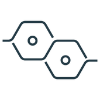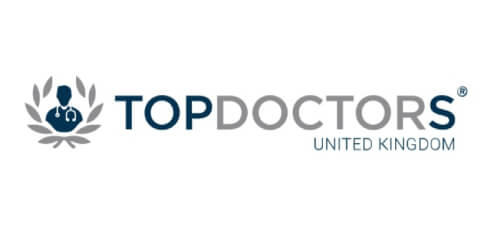Cryotherapy literally means ‘treatment using low temperature’ and refers to the removal of skin lesions by freezing them. The most common agent used by your consultant is liquid nitrogen.
What conditions is it used to treat?
Cryotherapy is used widely to treat superficial benign lesions, but it is most commonly used to remove actinic keratoses (an area of sun damaged skin found predominantly on sun-exposed parts of the body), viral warts, seborrhoeic keratoses and other benign lesions. Occasionally, your dermatologist may suggest using cryotherapy to treat small skin cancers such as basal cell carcinomas and Bowen’s disease.
How does it work?
The procedure lasts for a couple of seconds with your consultant usually applying liquid nitrogen to the area of your skin using a spray gun (a metal probe or a cotton bud can sometimes be used instead of the spray gun). It is performed within the clinic itself normally without local anesthetic.
The frozen skin becomes white and can take a couple of minutes to thaw to normal skin temperature. Your consultant may suggest repeating the treatment if required.
Following your treatment, a scab will form over a few days. This will take a week or two (and occasionally a little longer, especially on the legs) to come away. Usually, the treated area will eventually look normal, although scarring and discolouration is possible, particularly on the legs.
Depending on the nature of the lesion, more than one treatment may be necessary, and this is usually repeated at regular intervals.
Skin Clinic


















